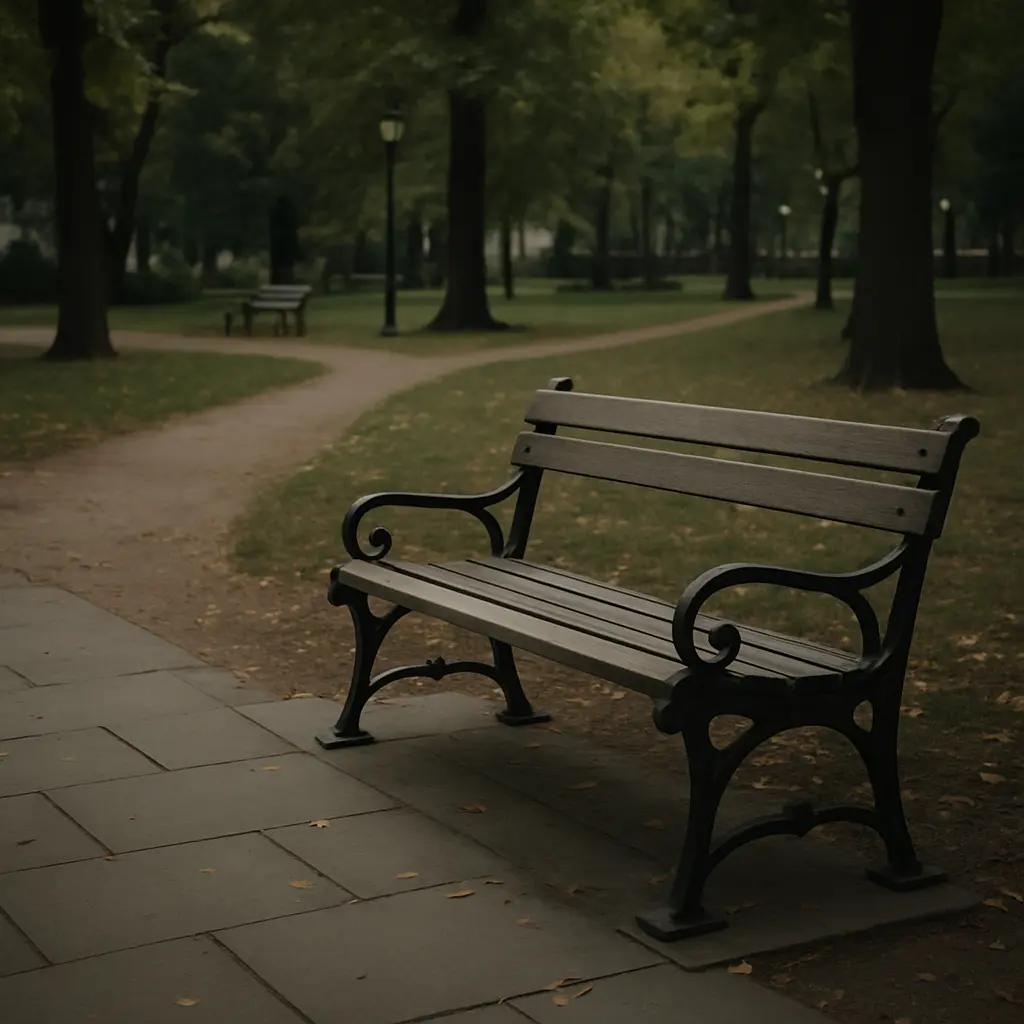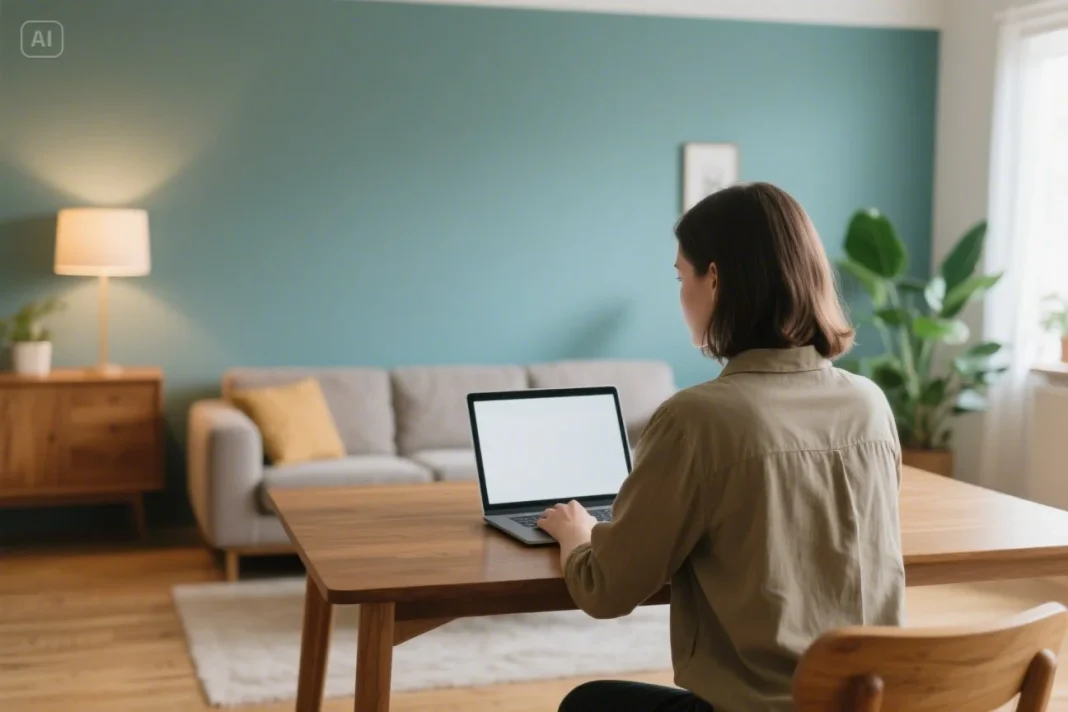Public parks, libraries, plazas, and community centers once formed the backbone of urban and social life. Today, many of these shared spaces are in decline — underfunded, underused, or overshadowed by privatized alternatives. This quiet erosion matters more than we think.
A Vanishing Commons
Once, the public square was where society came alive. It was where strangers met, ideas were exchanged, and communities took shape — regardless of class, background, or belief. But over the past few decades, public spaces have lost ground to privatization, digital life, and shifting urban priorities.
From shuttered libraries and deteriorating parks to the transformation of town centers into shopping complexes, the decline is both visible and subtle. What remains is often fragmented, surveilled, or designed more for commerce than connection.
Why Are Public Spaces Declining?
1. Disinvestment and Budget Cuts
As governments tighten budgets, public infrastructure is often the first to suffer. Parks departments lose funding. Libraries operate with skeleton staff. Public art initiatives vanish. Over time, these cuts accumulate — and public spaces decay.
2. The Rise of Privatized “Public” Space
Modern cities increasingly feature privately owned spaces that appear public — outdoor malls, gated parks, private plazas. While accessible, they come with rules: no protests, no loitering, no sleeping. The openness of a true public space is replaced by quiet regulation.
3. Digital Substitution
With so much of life happening online, physical gathering places have lost some of their pull. Why meet in a square when you can text, video chat, or scroll through curated feeds? Yet virtual spaces often lack the richness, unpredictability, and human texture of the real world.
The Hidden Cost to Society
The erosion of public space isn’t just an urban design issue — it’s a societal one. These spaces play vital roles:
- Democracy: Public forums support free speech and protest.
- Equity: Everyone, regardless of income, can use them.
- Mental health: Green, open areas reduce stress and promote wellbeing.
- Community: Casual, unscheduled interactions foster trust and social ties.
Without accessible, welcoming spaces, we risk becoming more isolated, more divided, and more disconnected from place and from each other.
Can Public Space Be Reclaimed?
Yes — but it requires intention. Some cities are investing in pedestrian zones, open streets, community gardens, and cultural hubs. Others are experimenting with “pop-up” public spaces, converting parking lots into plazas or hosting neighborhood events in underused areas.
Designers, planners, and activists are also advocating for inclusive space design — places where people feel safe, welcome, and empowered. That includes considering who is being excluded — whether through hostile architecture, over-policing, or poor accessibility.
A Call to Reimagine the Commons
Public spaces are more than physical places. They are reflections of our values — of what we believe people deserve simply by being part of a community. As the lines between private and public blur, it’s worth asking: What kind of world are we building? And who gets to belong in it?
Reclaiming public space means reclaiming our right to gather, to share, to exist — together, without having to pay, perform, or prove anything. In a world increasingly divided and digitized, that right is more essential than ever.
Written by Veritas Digest Staff


